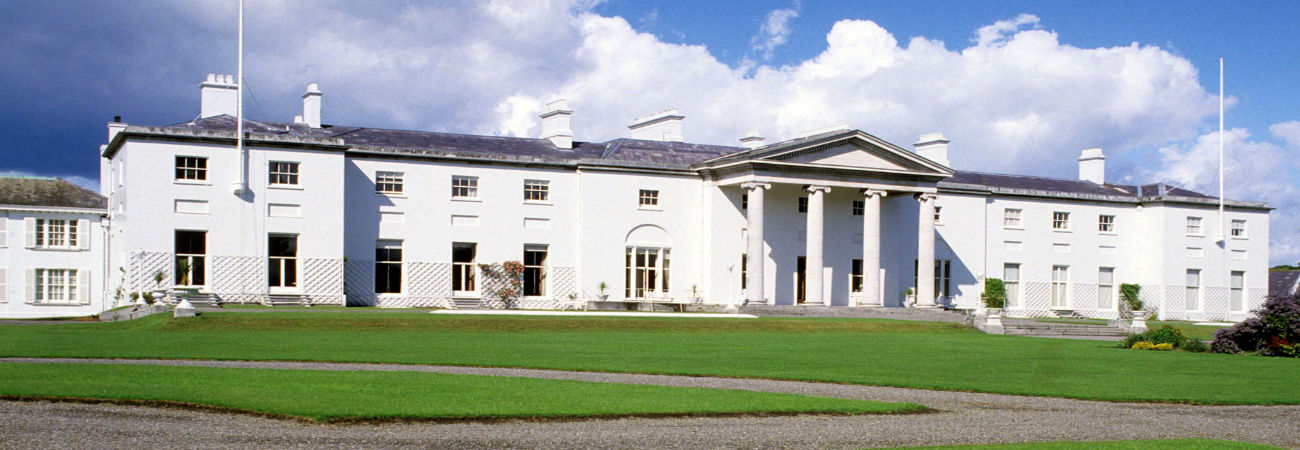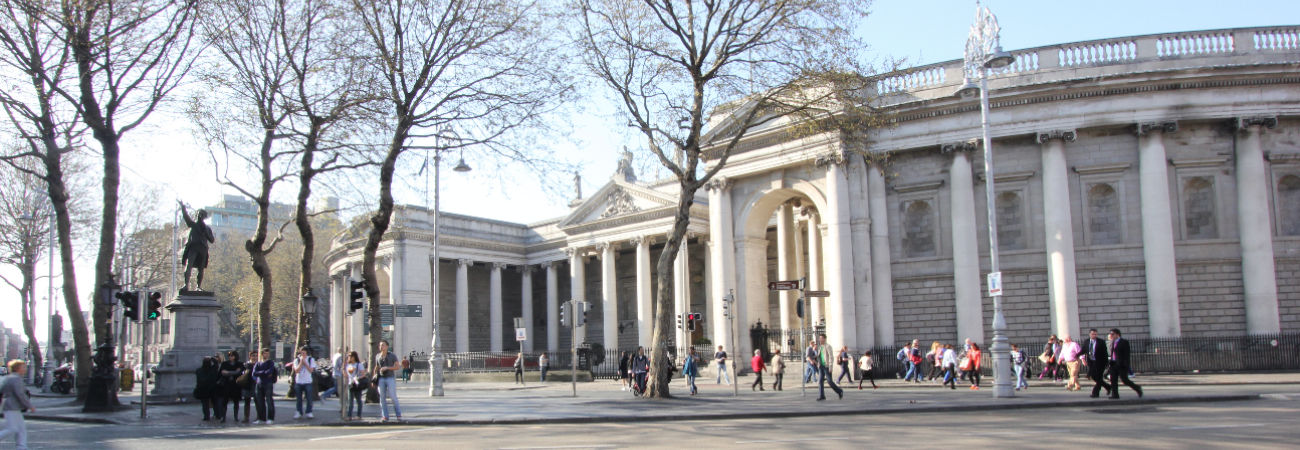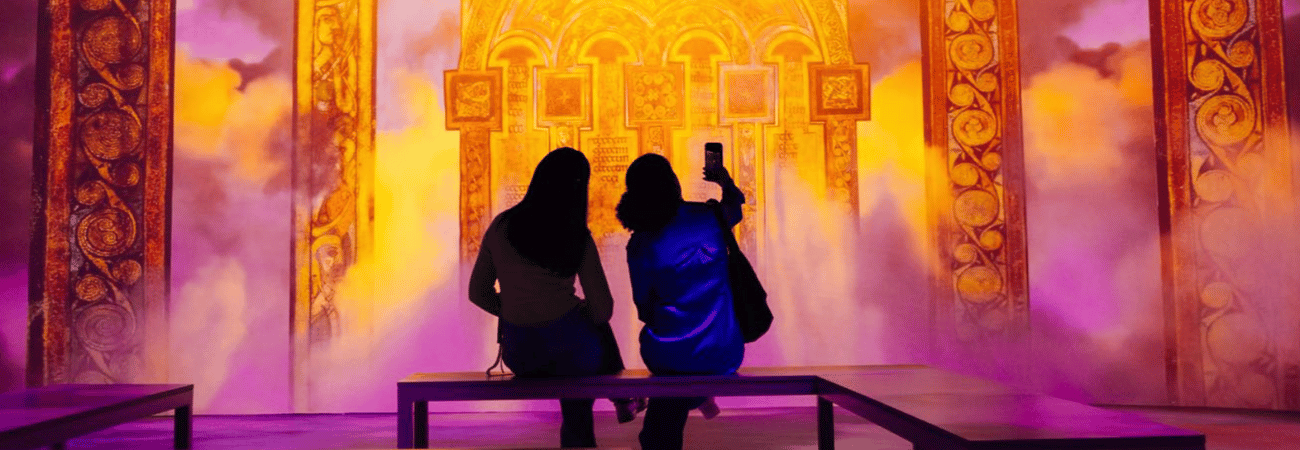St Patrick’s Cathedral founded in 1119, is the larger of the City's two cathedrals and a must-see for visitors to Dublin. The site of the cathedral has been a place of worship for centuries.
Legend has it that St Patrick himself baptised converts with water in a holy well. It’s believed that the Early Christian grave slab that’s on display today was the marker of this ancient well.
The present building dates from 1220 with some of the original church beyond the Baptistery still visible. This medieval cathedral has survived wars, revolutions and even the Reformation, playing a central role in many historic events.
By the early 17th century, the Lady Chapel was said to have been in ruins and in 1660, repairs to the building were begun. The roof in 1668 was in danger of collapsing and was taken down, a new roof being completed by 1671 and the west window was replaced with a perpendicular window. The cathedral spire was added in 1769 and remains one of Dublin's most well-known landmarks. The Guinness family helped to restore the cathedral between 1860 and 1900.
Benjamin Guinness’s son Arthur Guinness donated a stain glass window known as ‘Rebecca at the well’ for which he received gentle criticism, for its motto read: 'I was thirsty and ye gave me drink'. In 1901, his son Edward designed the St Patrick’s Park and also donated a set of the bells to the cathedral.
One of Cathedrals most well-known features, The Door Of Reconciliation can still be seen today. Legend has it that in 1492 two Irish families, the Butlers of Ormonde and the FitzGeralds of Kildare, were involved in a bitter feud. Eventually tension broke into outright warfare and a small skirmish occurred between the two families just outside the city walls.
The Butlers, realising that the fighting was getting out of control, took refuge in Saint Patrick's Cathedral. The FitzGeralds followed them and Gerald FitzGerald, ordered that a hole be cut in the door. He then thrust his arm through the door and offered his hand in peace to those on the other side. Upon seeing this, FitzGerald was willing to risk his arm by putting it through the door and they shook hands. The Butlers then emerged from the Chapter House and the two families made peace. This story also lives on in a famous Irish expression, "To chance your arm".
The author of Gulliver’s Travel, Jonathan Swift was a Dean of the cathedral from 1713 to 1745. Many of his famous sermons and "Irish tracts" (such as the Drapier's Letters) were given during his stay as Dean. You can see Swifts death mask, a copy of a sermon and his original wooden pulpit.
The Church has designated it as The National Cathedral of Ireland, the other Cathedral, Christ Church, is the diocesan cathedral of the diocese of Dublin and Glendalough.
The cathedral is open daily where you can see the magnificent architecture and historical artifacts. Services are held twice daily: Matins in the morning and Evensong in the evening. All visitors are welcome to attend services. Music has been fundamental to the life of the cathedral and there are various concerts and events that take place throughout the year including Carols in December and Tradfest in January.
Admission Fees:
Adults: €10
Senior & Students: €9
Family of 4 (2 adults and up to 3 children under 18): €28
Infants: Free
Child: €4.50
Joint entry of St. Patrick's Cathedral & Marsh's Library: €15
Opening Hours:
Monday to Friday 9:30am to 5:00pm
Saturday 9am to 6:00pm
Sunday 9am to 2:30pm (closed 10:30am - 1pm), 1pm to 2.30pm, 4.30pm to 6.00pm
Location:
St Patrick's Cathedral,
St Patricks Close
A96 P599
St Patrick's Cathedral is located 30 minutes walk or 15 minute drive from the Castle Hotel.
Public transport can also be taken, our front desk staff will be able to guide you on these.


